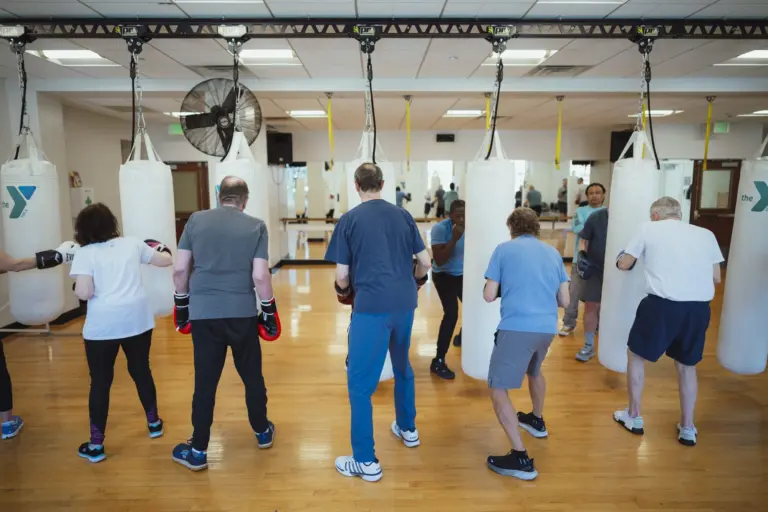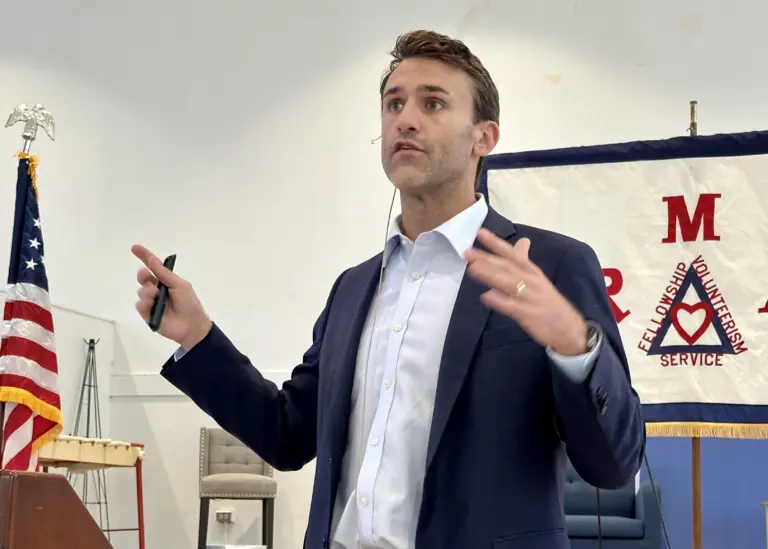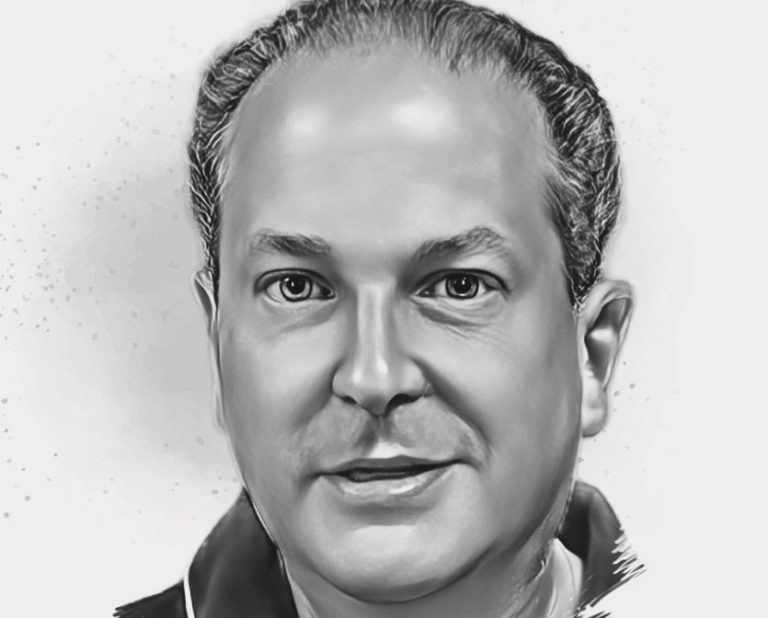By Elizabeth Barhydt
Every October, Greenwich rediscovers its appetite for looking. The Bruce Museum’s Fine Arts Festival, now in its forty-fourth year, returns as both a tradition and a gentle provocation: an open-air museum that lasts exactly one weekend. It’s juried, serious, and proudly unhurried. The atmosphere is friendly but not frivolous — fine art meets fall fair, with a chance of fried dough.
What began in the early 1980s as an experiment has become a fixture. The idea was simple: once a year, art should leave its walls and meet daylight. That impulse — civic, democratic, slightly romantic — belongs to the museum’s founding spirit. In 1908, Robert Moffat Bruce, a textile merchant with a philanthropic streak, donated his house to the town “for the use and benefit of the public.” Four years later, local painters from the Cos Cob Art Colony were hanging Impressionist landscapes there, turning a private parlor into a public museum. The place never lost that dual identity: half home, half haven for curiosity.
The festival is its most visible inheritance. For two days each October, artists from across the region—painters, sculptors, photographers, printmakers—transform the museum grounds into a network of little republics of vision. Seventy booths, seventy vocabularies. Each artist arrives with a van, a tent, and the hope that their work will stop a stranger in their tracks.
This year’s participants range from nearby Connecticut towns to distant states. Yang Yang of Redding brings acrylics that hum with luminous restraint. Peter Bowe, from Stratford, crafts wildlife sculpture poised between motion and stillness. Jill Brinser’s acrylics find lyricism in geometry, while Matthew Brown’s New Hampshire woodcuts preserve the stubborn intimacy of line. Mixed media abounds — layered, scraped, collaged, assembled — a reminder that contemporary art often begins where categories end.
The Bruce’s curators have refined the balance over time: oil next to bronze, realism beside abstraction, sublime photography facing loud color. The effect isn’t cacophony but conversation. Visitors move between textures and temperaments, glimpsing how many ways a human hand can translate feeling into form.
Inside the museum, the exhibition “Jeremy Frey: Woven” extends the theme of craft and consciousness. Frey, a Passamaquoddy basketmaker, creates vessels so precise they border on spiritual geometry. Seen after the outdoor exhibits, they remind us that art’s true medium is attention to detail.
The festival is this weekend and not to be missed. It runs October 11–12, from 10 a.m. to 5 p.m. Admission covers both the museum and the grounds. Members enter for free as do children under five, an invitation to bring the whole family. Parking may test patience, as it always does, but somehow works out — a testament to the organizational acumen of the Bruce staff.
And yes, there will be food. A well-fed observer, as any curator knows, sees better.
The forecast promises mild weather — highs in the low sixties, sun angling through early leaves, the kind of light painters hoard in memory. But festivals, like paintings, depend less on perfection than presence. What makes this weekend matter isn’t the temperature or the sales tally but the act of showing up — of making and meeting beauty in real time.
Those who exhibit do so not for commerce alone, though sales help and are affirming. They do it to test their work against public air — to see what survives when vision meets sunlight. Those who attend do it for reasons they might not name: to look, to think, to feel briefly a part of the idea of culture. For a few hours, the exchange is complete.
By Sunday evening, the booths will empty. Crates will close, canvases will slide back into vans, the museum lawn will regain its domestic quiet. But traces remain: a watercolor remembered, a conversation replayed, the faint suspicion that art, like weather, can’t truly be owned — but can be seriously enjoyed.
That’s the festival’s gift: two days of shared attention in a world that rarely stops moving. The Bruce Museum offers no moral, no manifesto. It simply holds open a space where art, community, and snacks overlap.




